Keeping your car clean not only improves its appearance but also helps maintain its value and performance. While most car owners focus on the exterior and interior, one area that often gets overlooked is the undercarriage. Dirt, mud, and road grime can accumulate in this area, leading to corrosion and damage to important components.
In this comprehensive guide, I will walk you through the process of under car cleaning, as well as provide tips for maintaining the exterior, interior, wheels, tires, and engine. By following these steps, you can ensure that your vehicle stays sparkling both inside and out.
Exterior Cleaning: Washing, Drying, and Polishing
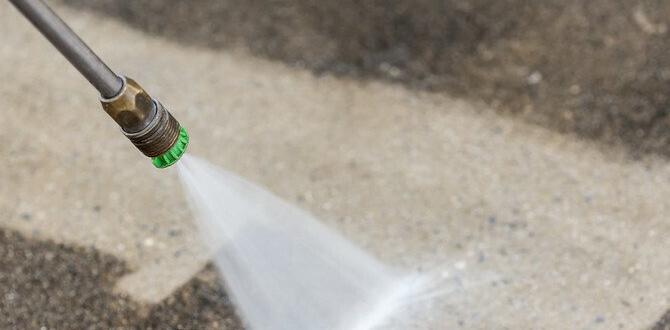
Washing
The first step in exterior cleaning is washing your car. Start by rinsing off any loose dirt or debris. Then, use a high-quality car wash soap and a microfiber wash mitt to gently scrub the surface, working from top to bottom. Be sure to pay attention to crevices and hard-to-reach areas.
Drying
After washing, it’s important to dry your car thoroughly to prevent water spots. Use a clean microfiber towel or a drying cloth to remove excess water. Pat the surface instead of rubbing, as rubbing can cause swirl marks.
Polishing
To add shine and protect the paint, consider polishing your car. Choose a suitable polish based on your vehicle’s paint type. Apply a small amount of polish to a foam applicator pad and work it into the paint using circular motions. Then, use a clean microfiber cloth to buff the surface and remove any residue.
Interior Cleaning: Vacuuming, Wiping Surfaces, and Cleaning Seats
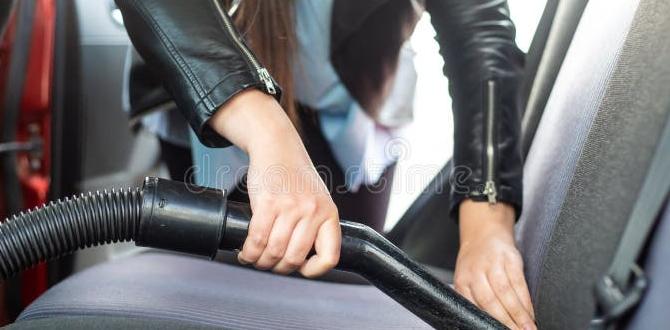
Vacuuming
Start by removing any trash and debris from the interior. Use a vacuum cleaner with various attachments to effectively clean the floors, seats, and other surfaces. Pay special attention to hard-to-reach areas such as between seats and under the pedals.
Wiping Surfaces
Take a damp microfiber cloth and wipe down all interior surfaces, including the dashboard, door panels, center console, and steering wheel. For stubborn dirt or stains, use a gentle interior cleaner and a soft-bristle brush.
Cleaning Seats
If your car has fabric seats, vacuum them thoroughly and use a fabric cleaner to remove any stains. For leather seats, use a leather cleaner and conditioner to keep them soft and supple. Apply the cleaner using a clean cloth and wipe off any excess.
Undercarriage Cleaning: Removing Debris, Pressure Washing, and Rust Prevention
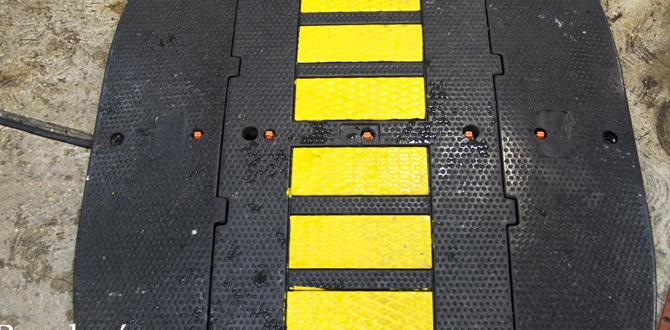
Removing Debris
Before cleaning the undercarriage, it’s important to remove any loose debris or mud. This can be done using a pressurized air blower or a long-handled brush.
Pressure Washing
The best way to clean the undercarriage is by using a pressure washer. Make sure to use a wide-angle spray nozzle and keep a safe distance to avoid damaging any components. Direct the water stream towards the undercarriage, focusing on areas with visible dirt or grime.
Rust Prevention
To prevent corrosion and rust, it’s recommended to apply an undercoating or rust inhibitor to the undercarriage. These products create a protective barrier that seals out moisture and prevents rust from forming.
Wheels and Tires: Tire Cleaning, Wheel Cleaning, and Tire Shine Application

Tire Cleaning
Start by rinsing off any loose dirt or brake dust from the tires. Then, use a tire cleaner and a stiff bristle brush to scrub the sidewalls and tread. Rinse thoroughly to remove any residue.
Wheel Cleaning
Clean the wheels using a dedicated wheel cleaner and a wheel brush. Pay attention to hard-to-reach areas such as the spokes and lug nuts. Rinse off the cleaner and dry the wheels using a microfiber cloth.
Tire Shine Application
For a glossy finish, apply a tire shine product using a foam applicator pad. Spread the product evenly on the sidewall, then let it dry to a natural shine. Wipe off any excess with a clean cloth.
Engine Cleaning: Preparing the Engine, Degreasing, and Rinsing and Drying
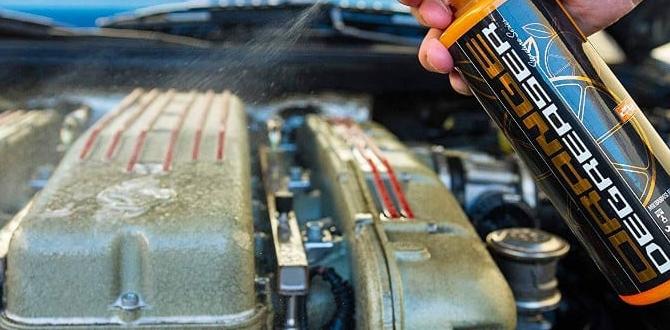
Preparing the Engine
Before cleaning the engine, cover sensitive components such as the alternator, battery, and exposed electrical connections with plastic bags or aluminum foil. This will protect them from water and cleaning products.
Degreasing
Apply a degreaser to the engine, focusing on areas with built-up grease and grime. Use a soft brush to agitate the degreaser and break down the dirt. Let the degreaser sit for a few minutes, then rinse it off with a gentle stream of water.
Rinsing and Drying
Rinse the engine bay thoroughly, making sure all the degreaser is removed. Use a microfiber towel or an air blower to dry the engine. Once dry, remove the protective covers from the sensitive components.
Maintenance Tips: Regular Cleaning Schedule, Using Proper Tools and Products, Inspecting for Damage
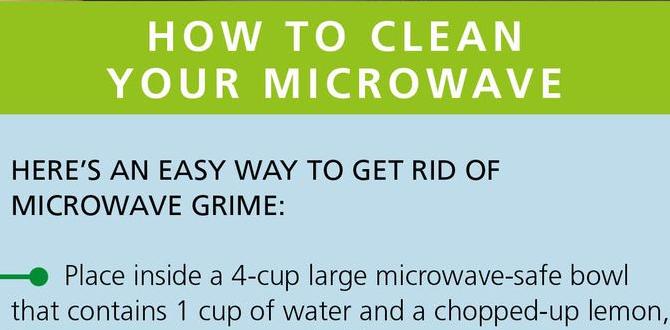
Regular Cleaning Schedule
To keep your car looking its best, establish a regular cleaning schedule. Set aside time each month to perform a thorough clean, and touch-up as needed in between. This will help prevent dirt and grime from building up.
Using Proper Tools and Products
Invest in high-quality cleaning tools and products for best results. Use soft microfiber towels, gentle brushes, and specialized cleaners designed for automotive use. Avoid using harsh chemicals or abrasive tools that may damage your car’s surfaces.
Inspecting for Damage
While cleaning, take the opportunity to inspect your car for any signs of damage or wear. Look for dents, scratches, and rust spots that may need attention. Address these issues promptly to prevent further damage.
Conclusion
Regular under car cleaning, along with proper exterior, interior, wheels, tires, and engine maintenance, is crucial to keep your vehicle in pristine condition. By following the steps outlined in this guide and staying on top of the cleaning tasks, you can ensure that your car remains sparkling and protected for years to come.
Frequently Asked Questions
- Q: How often should I clean the undercarriage of my car?
A: It is recommended to clean the undercarriage at least twice a year, preferably before and after winter to remove any salt or road debris. - Q: Can I use regular household cleaners to clean my car interior?
A: It is best to use cleaners specifically formulated for automotive interiors, as household cleaners may contain ingredients that can damage or discolor surfaces. - Q: Is it safe to pressure wash my engine?
A: As long as you take proper precautions and avoid spraying directly on sensitive components, pressure washing your engine is safe and effective for removing grease and grime. - Q: Do I need to apply wax after polishing my car?
A: While polishing helps restore shine, it is still recommended to apply a coat of wax to provide long-lasting protection and enhance the glossy finish. - Q: How can I maintain the shine on my wheels?
A: Regularly clean your wheels and apply a wheel sealant to protect them from brake dust and road grime. This will help maintain the shine and prevent corrosion.